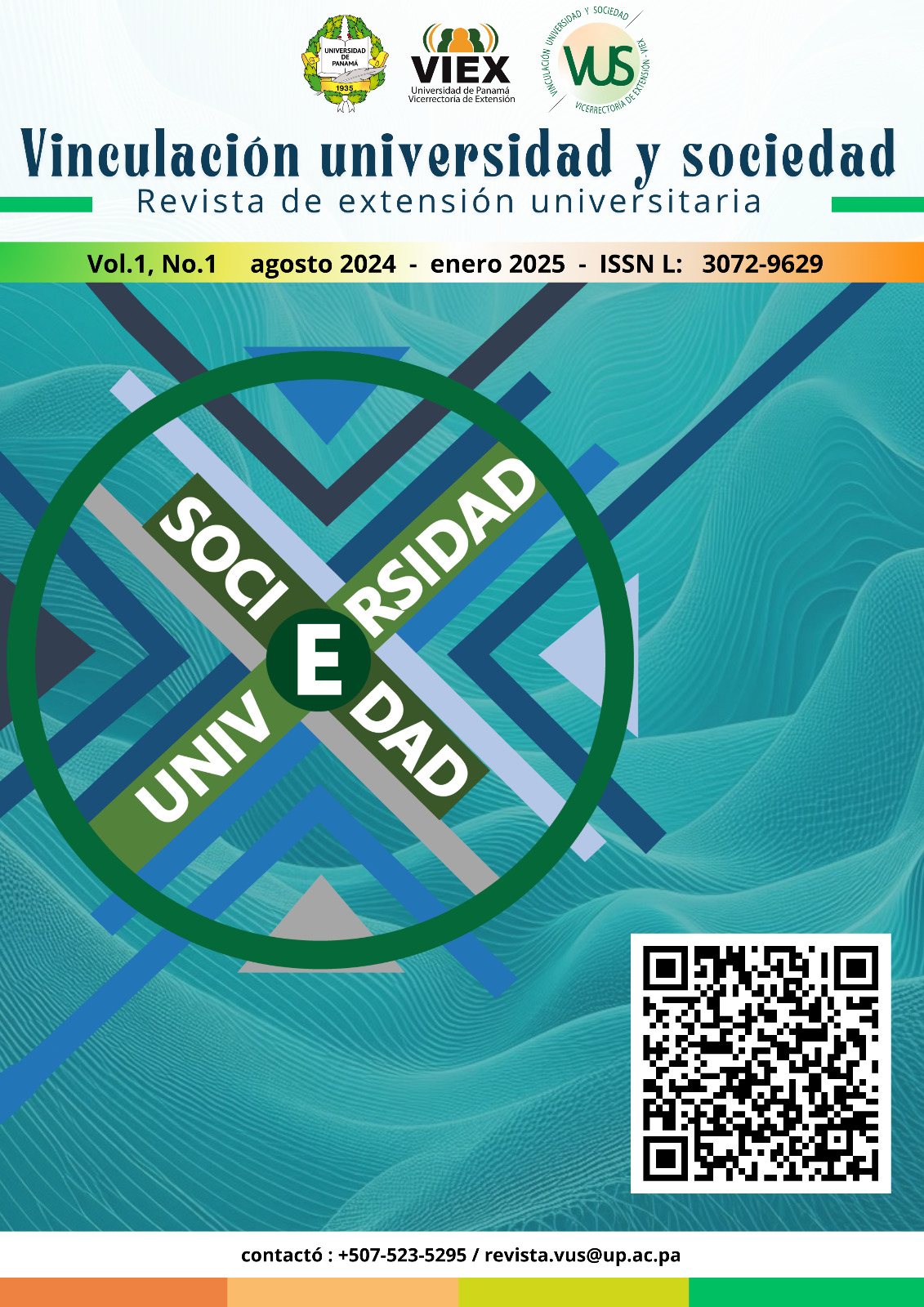

Copyright (c) 2024 Vinculación universidad y sociedad

This work is licensed under a Creative Commons Attribution-NonCommercial-ShareAlike 4.0 International License.
Community Diagnosis is the first stage to know the health condition of a community, through participatory action research. The objective of this research was to measure the comprehensive health conditions of the residents of the Community of Santa Clara, in its five sectors: Sector 1, Sector 2 (Lomas Blancas), Sector 3 (Las Antenas), Sector 4 (Monte Adentro) and Sector 5 (Huile). Methodology: a descriptive study was carried out, using the methodology of participatory action, which followed the phases of the Community Diagnosis: observation and recognition of the area, data collection, prioritization of problems and implementation of interventions. The study population was made up of residents of the Community of Santa Clara (3,054 inhabitants), the sample surveyed was 341. A questionnaire developed for this study, after validation, was used to collect primary data. Consent is requested from the participant before the questionnaire is administered.
Among the relevant findings, it was found that the main problems of the community under study were: poor disposal of garbage, residents with an incomplete vaccination schedule, and absence of health checks. The residents identified these needs, through the problem ranking technique. For these, an intervention plan was designed in conjunction with the participation of institutions and community members. Conclusion, through this research, it is evident that community diagnosis is a form of participatory research, which contributes to identifying and characterizing community problems, demonstrating that this tool is effective, and identifying community problems.